- You are here:
- Home »
- Coffee Beans Guides
Category Archives for Coffee Beans Guides

Is Coffee Bean a Nut? The Confusing Truth Revealed
Coffee is a global staple, a comforting ritual for many, and an essential part of daily life for millions. When we think of coffee, our minds often wander to the rich, dark brew that kick-starts our mornings or serves as a soothing afternoon respite. Yet, beneath the surface of this aromatic beverage lies a complex […]
Continue reading
How Many Coffee Beans Do You Need for the Perfect Espresso Shot?
Espresso, often hailed as the epitome of coffee craftsmanship, is a small yet mighty beverage that packs a punch of flavor and intensity. Its origins trace back to Italy, where it was meticulously perfected to deliver a rich, concentrated coffee experience with a velvety crema on top. The essence of a great espresso lies not […]
Continue reading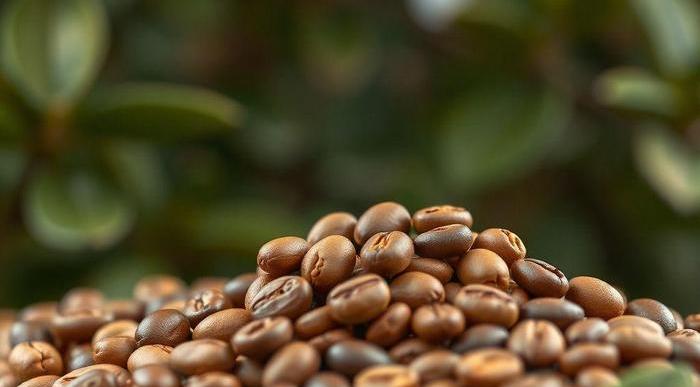
Why Are Coffee Beans Oily? What It Means for Your Brew
Coffee, often heralded as the world’s most beloved beverage, is a complex tapestry of flavors and aromas, intricately woven from its origins to the cup. While many appreciate coffee for its robust taste and invigorating effects, few delve into the deeper science behind its sensory profile. At the heart of this profile lies the enigmatic […]
Continue reading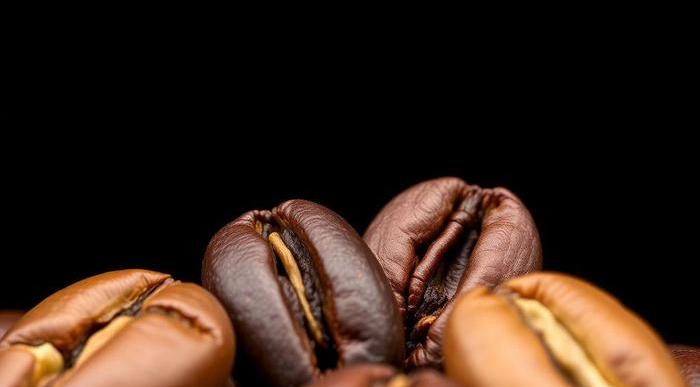
How Much Caffeine Is in a Single Coffee Bean? Caffeine Lovers, Rejoice!
Coffee, often hailed as the world’s most popular beverage, has woven itself into the fabric of daily life for millions. Its invigorating aroma and rich, complex flavor profile have made it a staple from bustling urban cafes to quiet home kitchens. Central to the allure of coffee is caffeine, a natural stimulant that provides the […]
Continue reading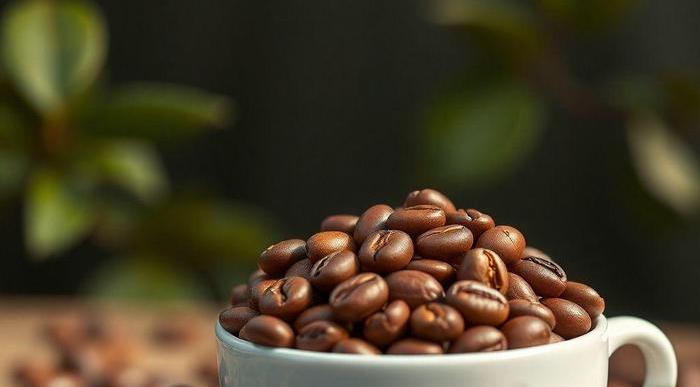
How Long Do Coffee Beans Last? The Ultimate Guide to Freshness
Coffee, a beverage that has woven itself into the fabric of daily life for countless people around the globe, is much more than a morning ritual. It’s a sensory experience, an art form, and a cultural staple that connects diverse communities. Yet, despite its importance, many coffee enthusiasts overlook the subtleties of coffee bean preservation, […]
Continue reading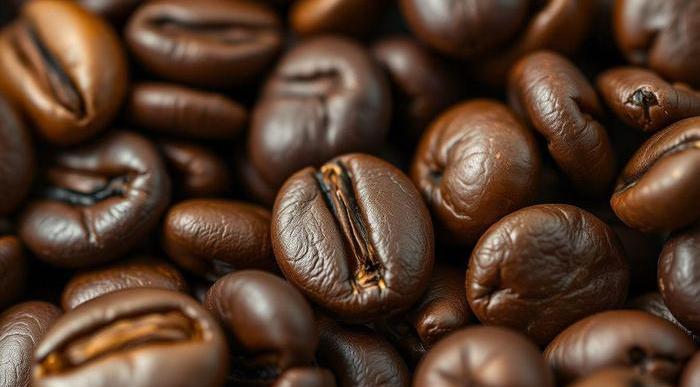
Is Coffee Bean a Vegetable? The Surprising Facts You Didn’t Know
Coffee beans have captivated human senses for centuries, serving as the foundation for one of the world’s most beloved beverages. With their rich aroma, robust flavor, and stimulating properties, they occupy a cherished place in daily routines across the globe. However, despite their significant role in our lives, there’s a common misconception that coffee beans […]
Continue reading
How Many Calories Are in a Single Coffee Bean? You’ll Be Surprised!
Coffee is more than just a morning ritual; it’s a global phenomenon that transcends cultures and continents. From the bustling cafes of Paris to the tranquil tea houses of Kyoto, coffee serves as a catalyst for conversation, creativity, and comfort. While most people think of coffee in terms of its brewed form, it’s fascinating to […]
Continue reading
Green Coffee Beans vs Extract: What’s the Real Difference?
Coffee is one of the most popular beverages worldwide, with millions of people relying on it for a quick boost of energy and mental alertness. However, beyond its traditional form, coffee has emerged in other, more unconventional varieties that are linked to health benefits: green coffee beans and green coffee bean extract. These unroasted coffee […]
Continue reading
Coffee Bean Aroma: How Long Does That Heavenly Smell Last?
The aroma of coffee beans is more than just a pleasant fragrance; it’s a sensory journey that begins long before the first sip. From the moment coffee beans are roasted, they release a complex bouquet of volatile compounds that shape their unique scent. This aroma, a crucial aspect of the coffee-drinking experience, has the power […]
Continue reading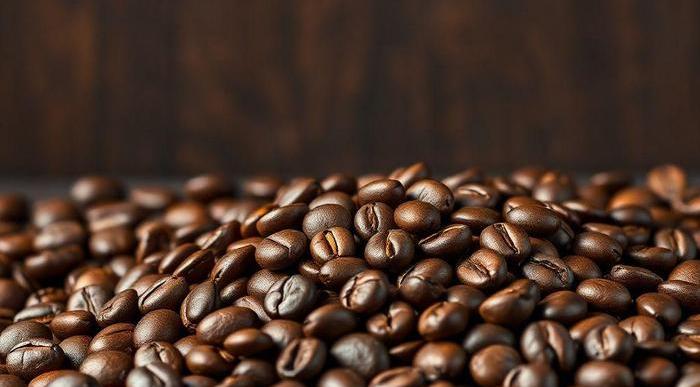
Perfecting Pour Over: How Many Coffee Beans Do You Need?
Coffee is more than just a morning ritual; it’s a sensory experience that engages our senses and elevates our daily lives. Among the myriad methods to brew coffee, pour over stands out for its ability to offer a meticulously controlled and personalized cup. This technique, celebrated for its precision and elegance, allows coffee enthusiasts to […]
Continue reading